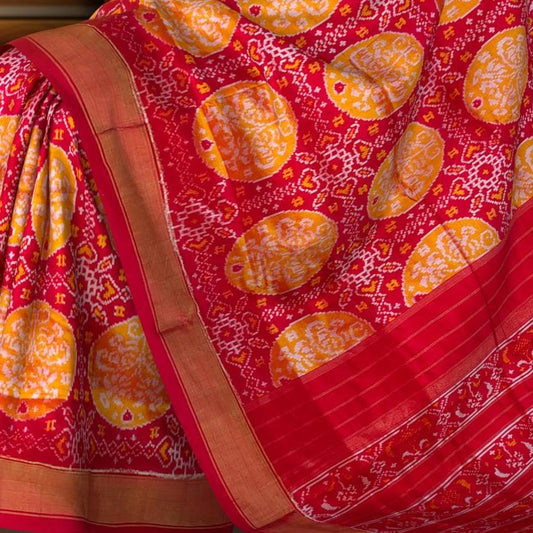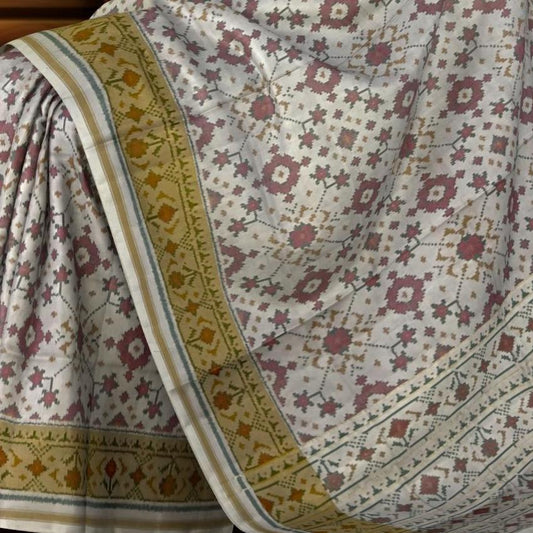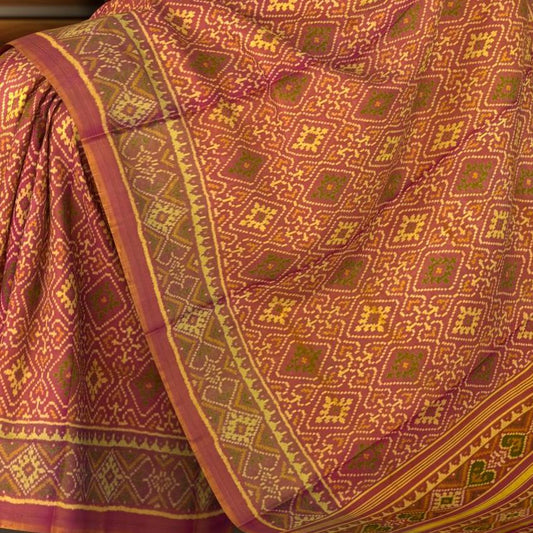Preparing for Your Daughter’s Arangetram in the US
For Indian families settled abroad, preparing for an Arangetram can be both a cultural homecoming and a logistical challenge. When Radhika and her daughter Nandini began planning her Bharatanatyam Arangetram in New Jersey, it was more than just a recital. It became a mother-daughter journey of rediscovery — of heritage, emotion, and artistry.
The saree, central to any Arangetram, was their starting point. Radhika wanted something steeped in tradition — pure Kanchipuram silk with bold temple borders, stitched pleats, and a deep pallu that would fan out with every adavus. After weeks of WhatsApp calls with artisans in Tamil Nadu, they finalized a saree in vermilion and green — a tribute to classical Bharatanatyam colors and a nod to strength and new beginnings.

Nandini, who had never worn a saree before, watched in awe as her grandmother on video explained how to secure the saree so it wouldn't slip during a spin. The pleats were pre-stitched, the fan dyed in dual tones for maximum stage impact. The day it arrived, neatly packed in mulmul, was like receiving a sacred relic.
But preparation went beyond the saree. From finding a skilled nattuvanar and mridangam player to booking a venue with the right acoustics, every step involved intense planning. Radhika spent evenings translating the jathis, curating flower garlands, and organizing makeup rehearsals. Each act, though tiring, was filled with meaning.
The biggest gift, however, was the bonding that unfolded. Conversations once limited to homework and weekend chores now centered around mudras, choreography, and the symbolism of Shiva's tandava. Radhika saw her daughter embrace their roots not as obligation, but as pride.

When the performance day arrived, Nandini stepped on stage — eyes lined in kohl, wrists adorned with bangles, her silk saree gleaming under the spotlight. As she danced the Alarippu and moved through Varnam and Thillana, generations of culture flowed through her every movement.
In that moment, the saree wasn’t just a costume. It was a canvas — for rhythm, devotion, and connection. For diaspora families, Arangetram becomes more than a dance debut. It is a celebration of where we come from, and where we’re going.







Leave a comment
Please note, comments need to be approved before they are published.